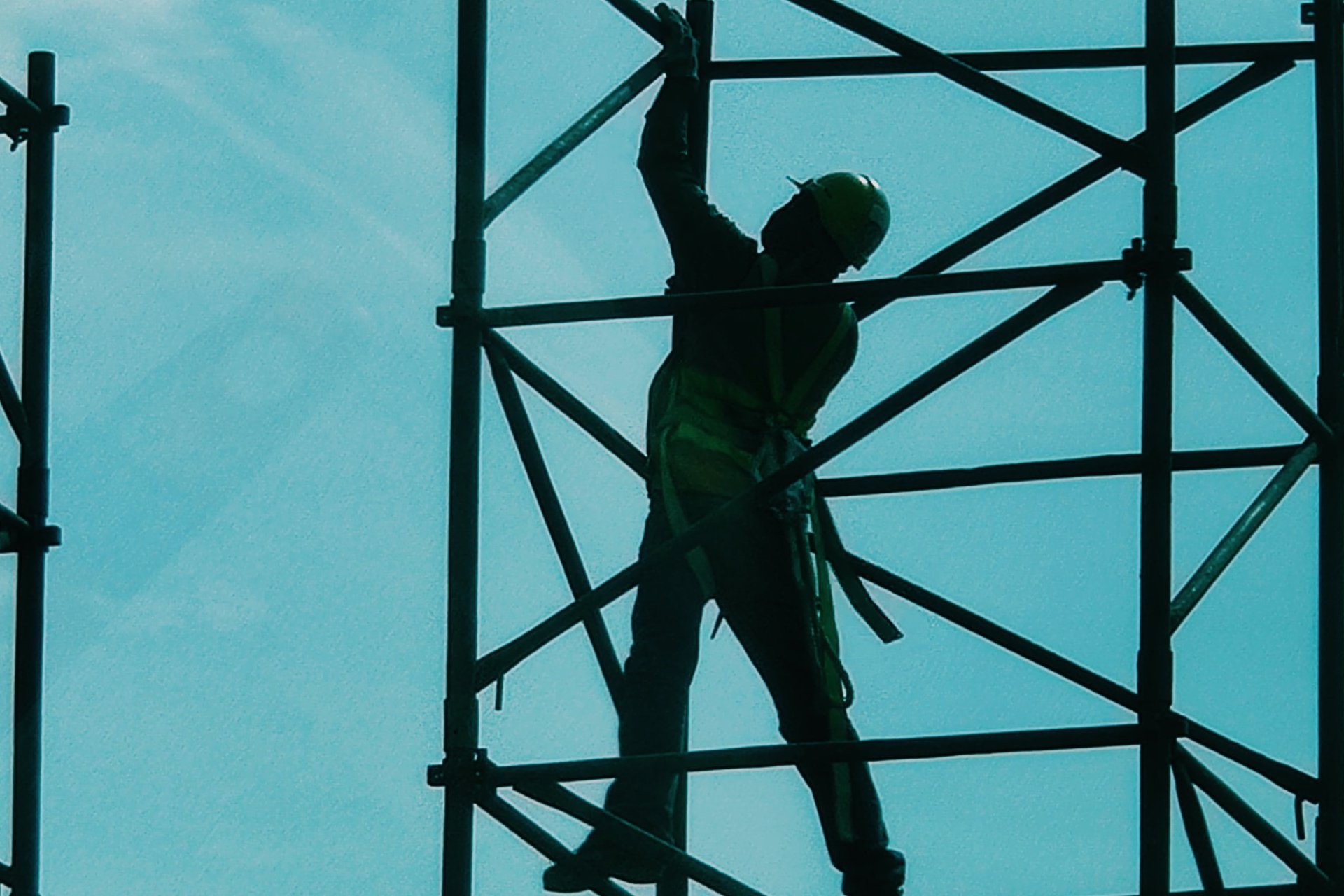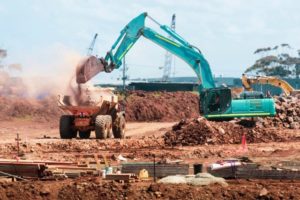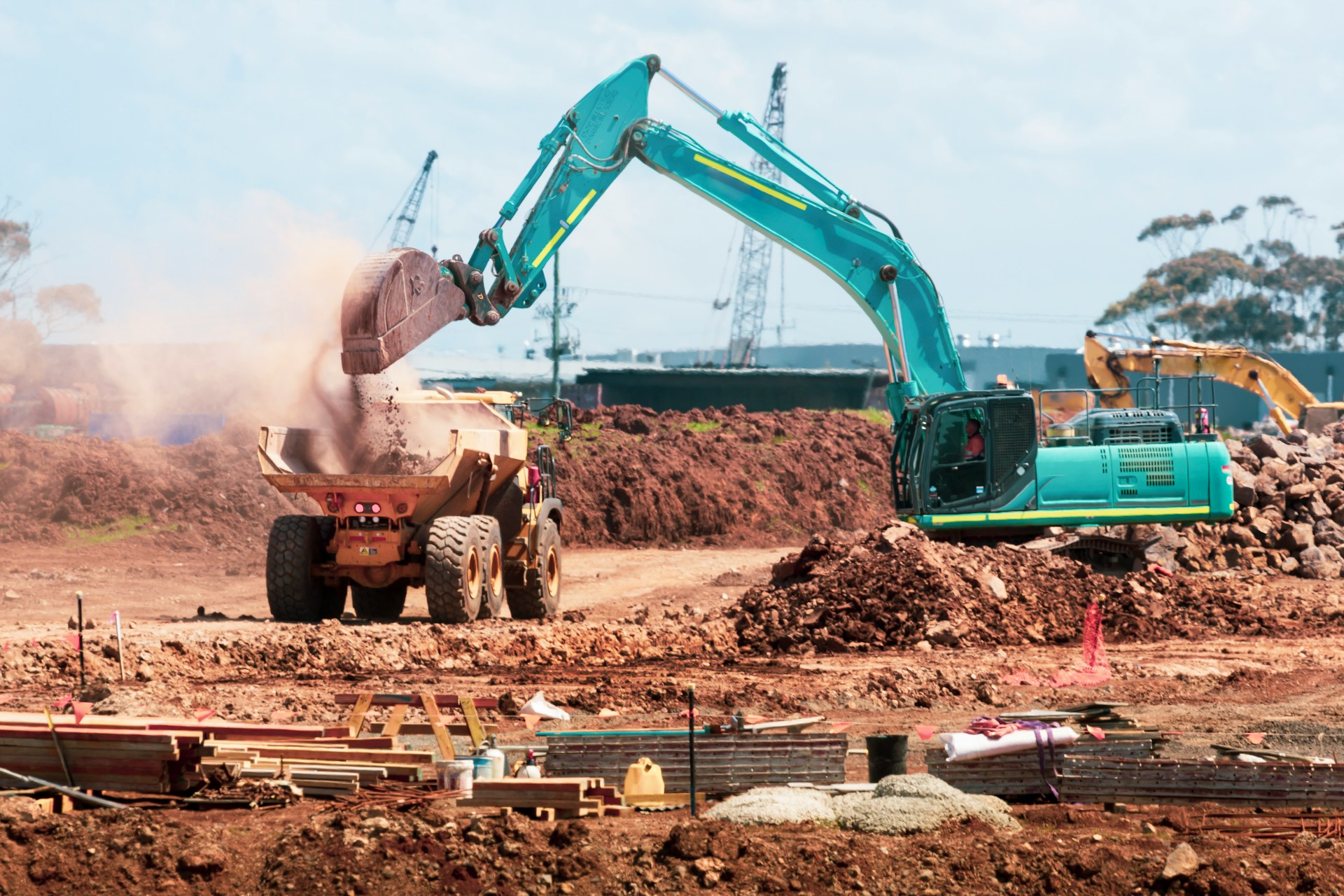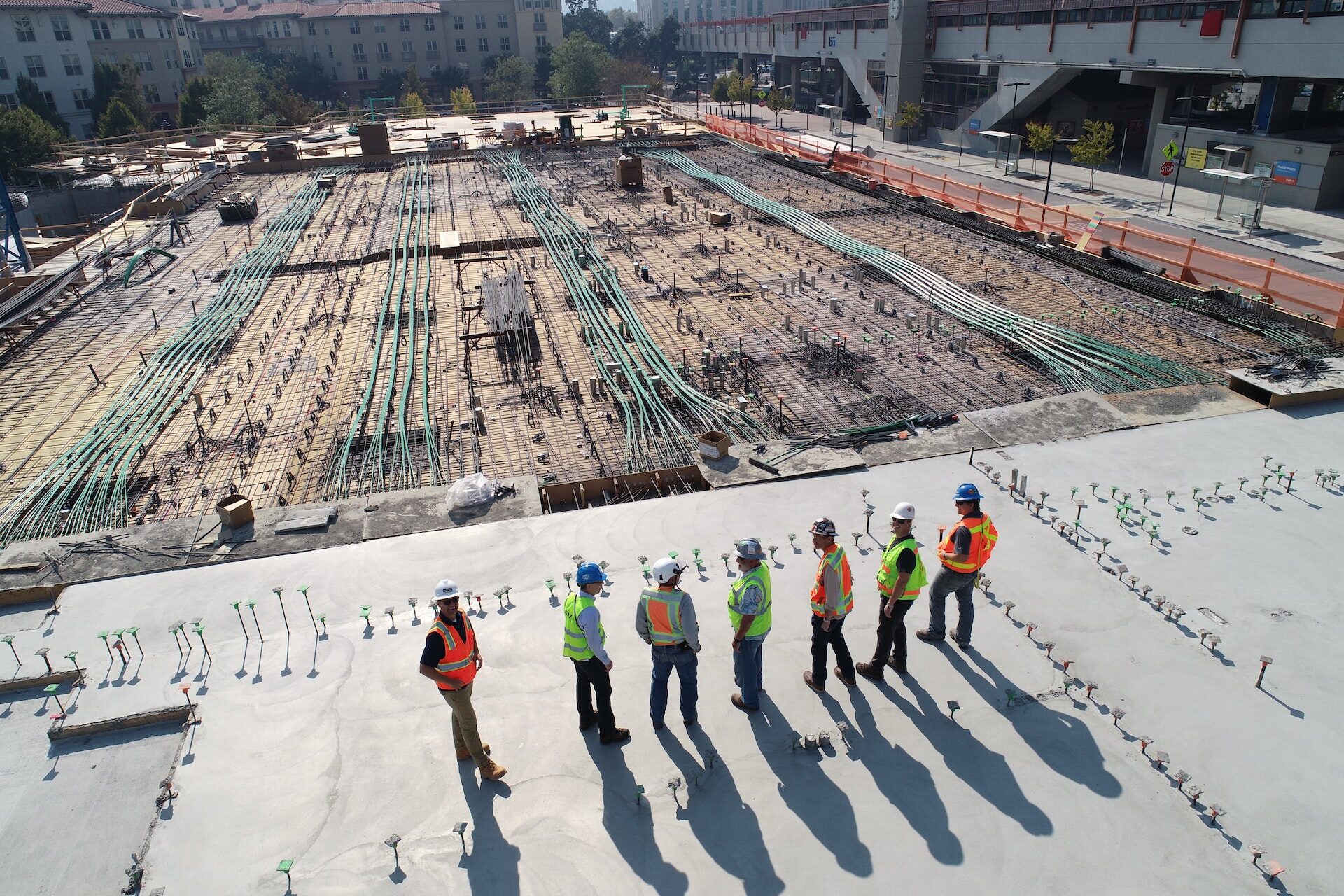
Construction’s Race Toward Evergreen Net-Zero Status
July 13, 2022 - Ellie Gabel
Revolutionized is reader-supported. When you buy through links on our site, we may earn an affiliate commision. Learn more here.
The construction field uses tons of raw materials and considerable energy to complete products. It has tremendous power to influence sustainability trends, as the right building designs result in homes and commercial facilities that tread lightly on the planet. Industry leaders have a huge responsibility to help stop climate change and achieve net-zero status by 2050.
What is leadership doing to reduce the planetary impact of building homes, schools and commercial complexes? Here are six ways construction races toward evergreen net-zero status.
1. Sourcing Greener Materials
Construction techniques that strip the planet of ancient hardwood trees use tremendous resources. While such materials are technically renewable, species like maple and red oak can take 80 to 100 years to mature. The world needs to preserve as many forests as possible to help cleanse carbon from the atmosphere.
Fortunately, the construction industry now embraces more sustainable materials like bamboo in their journey to net-zero. Some species of this plant grow two inches per hour, making it much more renewable than hardwood. It also offers superior durability.
Many manufacturers have also replaced plastic polyurethane with plant-based alternatives. Previous products used nonrenewable resources and released volatile organic compounds into the air. VOCs contaminate indoor spaces, often causing symptoms like headaches and fatigue.
Other advances include replacing traditional insulation with greener choices like sheep’s wool and fillers made from recycled T-shirts and newspapers. The 2018 Farm Bill legalized the production of hemp, which can create fire-resistant concrete that absorbs more carbon than it emits during the manufacturing process, making it carbon-negative — a boon in the race to evergreen net-zero status.
2. Improving Energy Efficiency
The planet’s best chance at creating carbon-free energy lies in cold fusion — a process similar to how the sun generates energy. Unfortunately, this technology isn’t perfect yet or ready for widespread deployment. In the meantime, the best way to get to net-zero is to pair carbon-neutral power sources like solar with carbon offset programs that remove this substance from the atmosphere.
The construction industry plays a vital role in energy conservation. Incorporating more natural light sources in building design decreases power needs. Builders can take advantage of passive solar to reduce heating needs.
3. Conserving Water Use
Builders use water throughout the construction process for multiple uses. Inspecting equipment to ensure it remains free of cracks and leaks conserves this precious resource, as does training personnel on proper techniques for minimizing fluid loss. Finally, they can capture and repurpose their wastewater, saving more water.
Construction sites also can minimize water pollution. Keeping sand and cement secure prevents these substances from entering local waterways. Furthermore, builders should implement tools like erosion-control blankets, sedimentation ponds and silt fences to minimize pollution. Leaving sidewalks clear also prevents harmful runoff from entering public waterways where it could potentially make residents ill.
4. Easing Transportation Demands
Transporting lumber to the job site means producing considerable carbon emissions — a cost construction companies strive to offset. However, proper logistics coordination can minimize time on the road and return shipments that don’t conform with the original order.
Improvement starts with placing the order. Less than half of construction deliveries include the right materials at the correct time in the specified amounts. Reviewing orders with suppliers can minimize the need for returns and potential material loss from theft and weather exposure while workers wait on the remaining shipment.
5. Conserving Ecology
Building sites create considerable environmental damage. Erecting new buildings entails destroying native vegetation and animal habitats.
Trees help clean carbon from the atmosphere. Crews can preserve as many as possible by locating buildings to harmonize with the natural terrain, minimizing leveling and cutting to protect root systems. Flagging their sites keeps trucks and heavy equipment in assigned areas and away from conserved habitats. Providing adequate water throughout the construction process can help the remaining trees thrive.
6. Limiting Emissions
Construction often entails releasing considerable emissions during transportation and throughout the building process. For example, heavy equipment produces considerable greenhouse gasses. Owners and supervisors should ensure that bulldozers and backhoes undergo regular maintenance to keep them operating at peak efficiency and take immediate action to repair faulty equipment.
Additionally, salvaging materials conserves money while reducing emissions. Recycled goods have a lower embodied carbon footprint than their newly manufactured counterparts. Reclaimed wood saves the energy from felling the trees, transporting them to the manufacturer, forming and shaping each board and delivering it to the job site.
Construction’s Race Toward Evergreen Net-Zero Status
The human race has limited time to stop the worst effects of climate change. The construction industry plays a vital role in reaching net-zero emissions.
Managers and supervisors can look to the six processes above in their race toward evergreen net-zero status. There is still time to preserve the planet for future generations.
Revolutionized is reader-supported. When you buy through links on our site, we may earn an affiliate commision. Learn more here.
Author
Ellie Gabel
Ellie Gabel is a science writer specializing in astronomy and environmental science and is the Associate Editor of Revolutionized. Ellie's love of science stems from reading Richard Dawkins books and her favorite science magazines as a child, where she fell in love with the experiments included in each edition.




